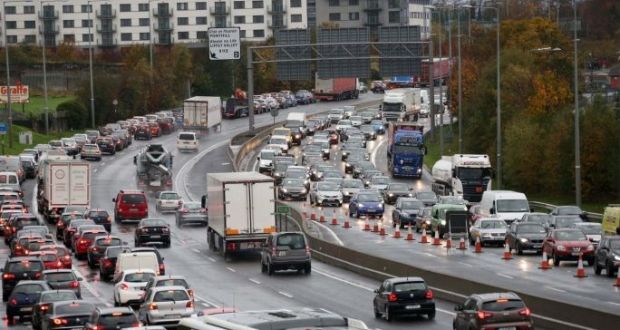Still some distance to travel to tackle the effects of noise pollution.
In the past, noise pollution was often referred to as an invisible threat. However, this is increasingly no longer the case. There is now a growing awareness of the ill-health effects of noise amongst Government, industry and communities. With this growing awareness, comes a growing intolerance of excessive noise, which has been heightened over the period of pandemic restrictions: How is noise tolerance likely to be affected
Noise pollution is defined as noise above 65 decibels (dB). According to research undertaken by the World Health Organisation, or WHO, “noise pollution is one of the most dangerous environmental threats to health”. Similarly, the European Environment Agency, or EPA, purports that noise is responsible for 16,600 premature deaths and more than 72,000 hospitalisations across Europe every year. These are damning statistics.
At an individual level, noise pollution can be quite a negative contributing factor when it comes to the decision of where a family should purchase a home or where they should live. Persistent excessive noise leads not only to hearing impairment or loss, it can also cause fatigue and psychological stress. Biologically, high levels of noise can be attributed to glucocorticoid enzymes levels increasing significantly. This is particularly evident in noisy workplaces, with many people experiencing severe exhaustion, high blood pressure and overall negative attitudes. The Sonitus Systems team has recently written about the role of acoustics in supporting employee wellbeing and you can read the full article here: The role of acoustics in supporting employee wellbeing.
This is not just an important consideration for families and employers, education providers need to be aware of this too. In fact, the World Health Organisation published a 128-page report in 2011 entitled Burden of Disease from Environmental Noise, which reports that exposure to increased levels of noise from a young age can actually cause learning problems, including reading comprehension, memory and attention.
Aircraft Noise
Airport and aircraft noise is a particularly controversial subject in Ireland and the UK right now. We have previously documented the staggering number of complaints in response to the new runway at Dublin Airport, received from a small number of impacted families. According to an article in the Irish Times several months ago, there was an almost-tenfold increase in complaints about noise from aircraft using Dublin Airport in the first half of 2019. The DAA published figures that showed one individual had filed over 3,100 complaints within a six month period. As aircraft noise is considered to be a significant cause of local resident and community disgruntlement, airports must make noise reduction and management an important part of their operations. Community engagement is required to understand the worries local residents have and recognising that all airports are different, plans for noise monitoring and management must be tailored to the needs of each airport, as opposed to the “one size fits all” approach, as noted here: Aircraft noise and protecting communities
We have already seen residents in north County Dublin oppose a plan by the Dublin Airport Authority to use the new 3.1km runway between the hours of 6am and midnight due to the impact the increased noise would have on the neighbourhood. You can read more about this here: https://www.irishtimes.com/business/economy/fingal-council-asks-daa-for-more-details-on-noise-impact-of-new-runway-1.4492051
The Noise Pollution (Management and Abatement) Bill 2019, which was brought forward to the Oireachtas by Independent TD Tommy Broughan, has not yet been passed. This Bill, according to the Oireachtas website, provides for “certain matters relating to the management and abatement of noise pollution and for that purpose to amend the Aircraft Noise (Dublin Airport) Regulation Act 2019 and the Environmental Protection Agency Act of 1992”, however, there has been little political traction on this since early 2020.
Sonitus Systems offers both the hardware and software for a range of environmental parameters on a continual basis, with real-time information available through our Sonitus Cloud dashboard.
For more details on our indoor and outdoor noise and air quality monitoring products and services, please contact the team at contact the team at Sonitus Systems
